HVAC SYSTEM
HVAC basics.
First, there is a source of fresh air intake from the outside or from within the home. This process is called ventilation, and it happens in two different ways. Natural ventilation is present in most homes and refers to the way air typically moves in and out through windows, doors, vents, and other openings. This exchange of air is necessary to replenish oxygen, and to remove odors, carbon dioxide, and excessive moisture.
Mechanical ventilation uses a mechanical system ‐ the V in HVAC ‐ to move air in and out. In the past, there was plenty of natural ventilation in most homes from gaps and cracks in the construction along with opening and closing of doors. However, modern construction is creating homes that are far more tightly sealed so ventilation is becoming an increasingly important component in home HVAC systems. Once the air is brought in, it is drawn into an air handling unit where the work begins. Here, air is drawn through filters to remove dirt, dust, allergens, and other particles.
Next up, is comfort. Air is either sent to be heated or sent to be cooled and have excess humidity removed. Once the air is clean, fresh, and at a comfortable temperature, it is directed into the home. For central systems, this means moving through a network of ducts and registers to different rooms. For other systems, this usually means being directed right into the space.
What is HVAC?
How does HVAC work?
Contact Us
WHY US?
- Effective Sharing of Goals
- Great Teamwork
- High Employee Morale
- Offers Training Opportunities
- Strong Leadership
- Handles Poor Performance
- Understands Risks
- Adapts to Opportunities and Changes
- Clearly Defined Structure
- Well-Known Company Policies
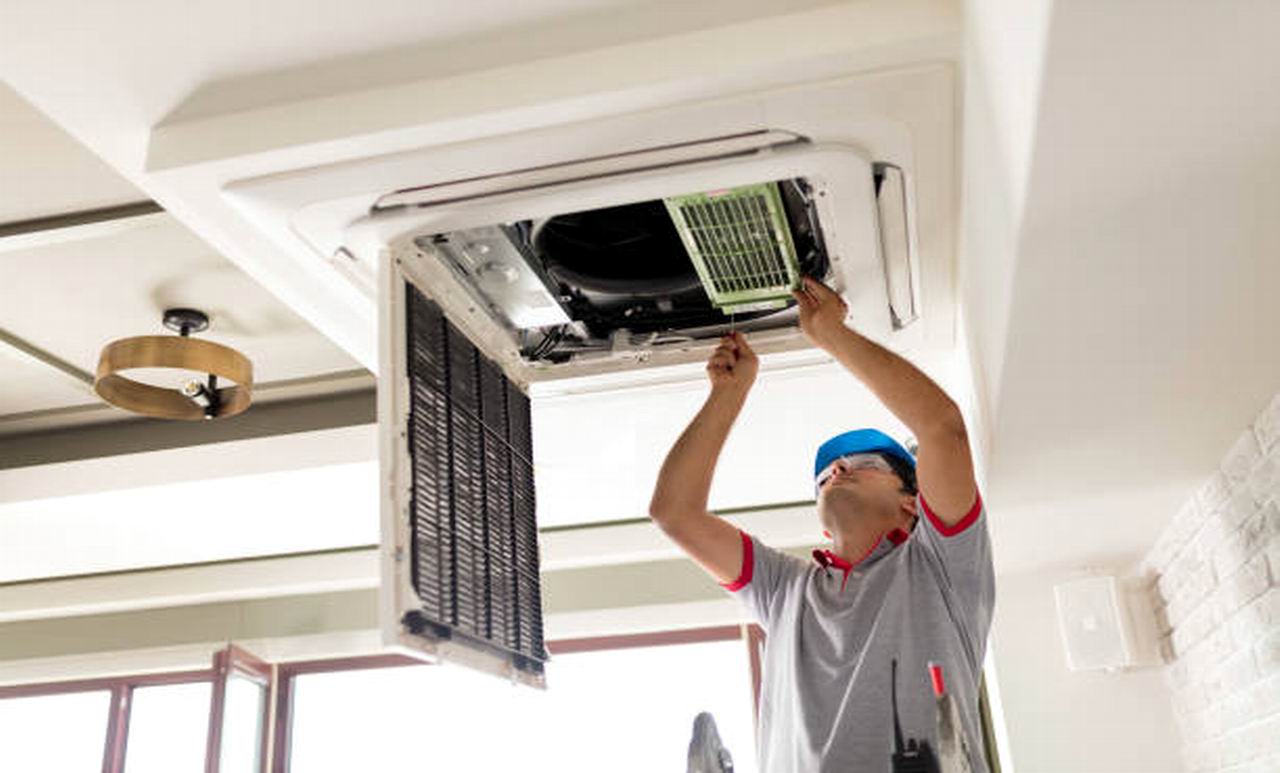
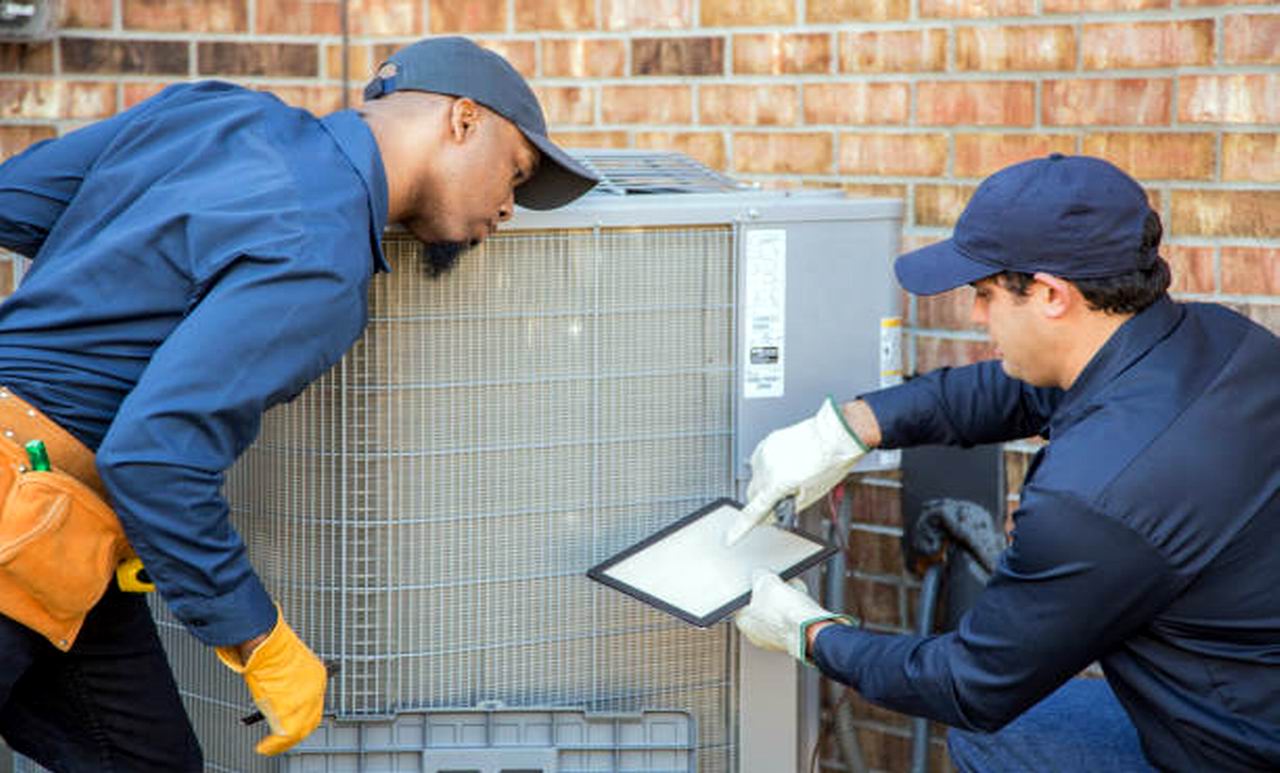
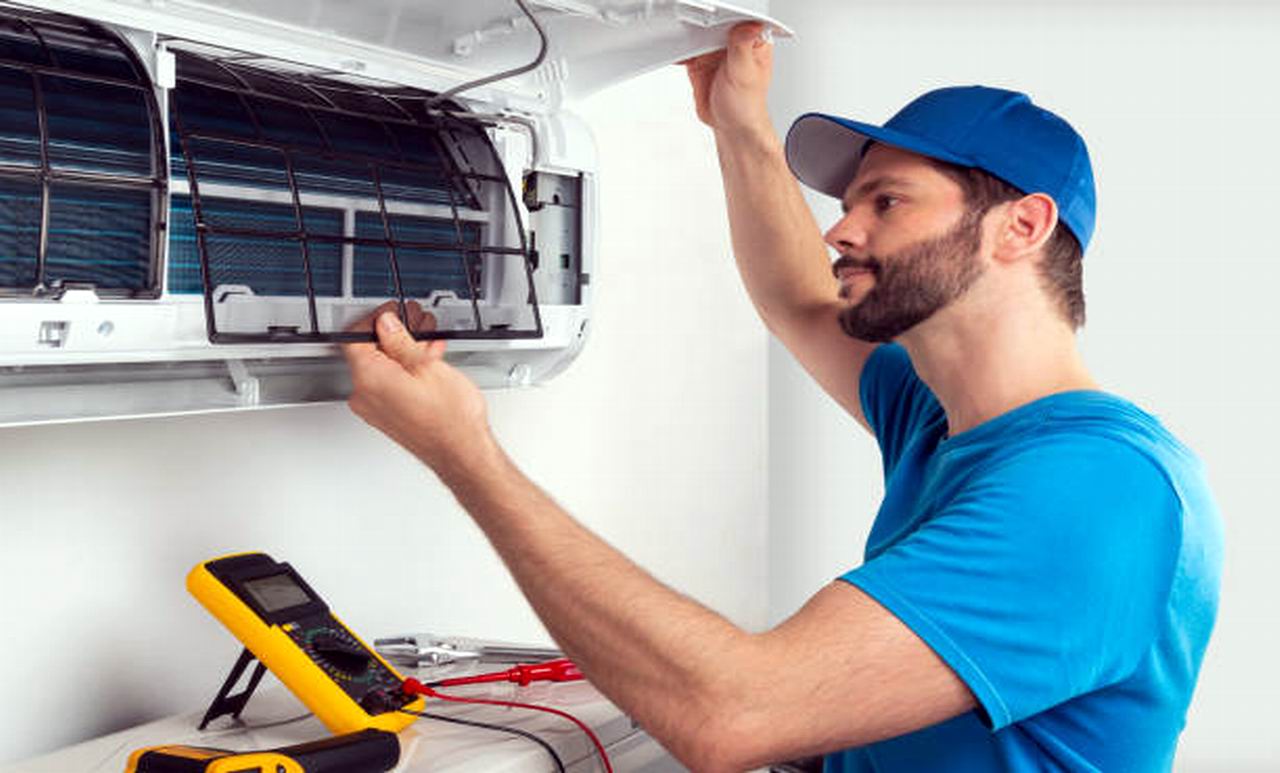
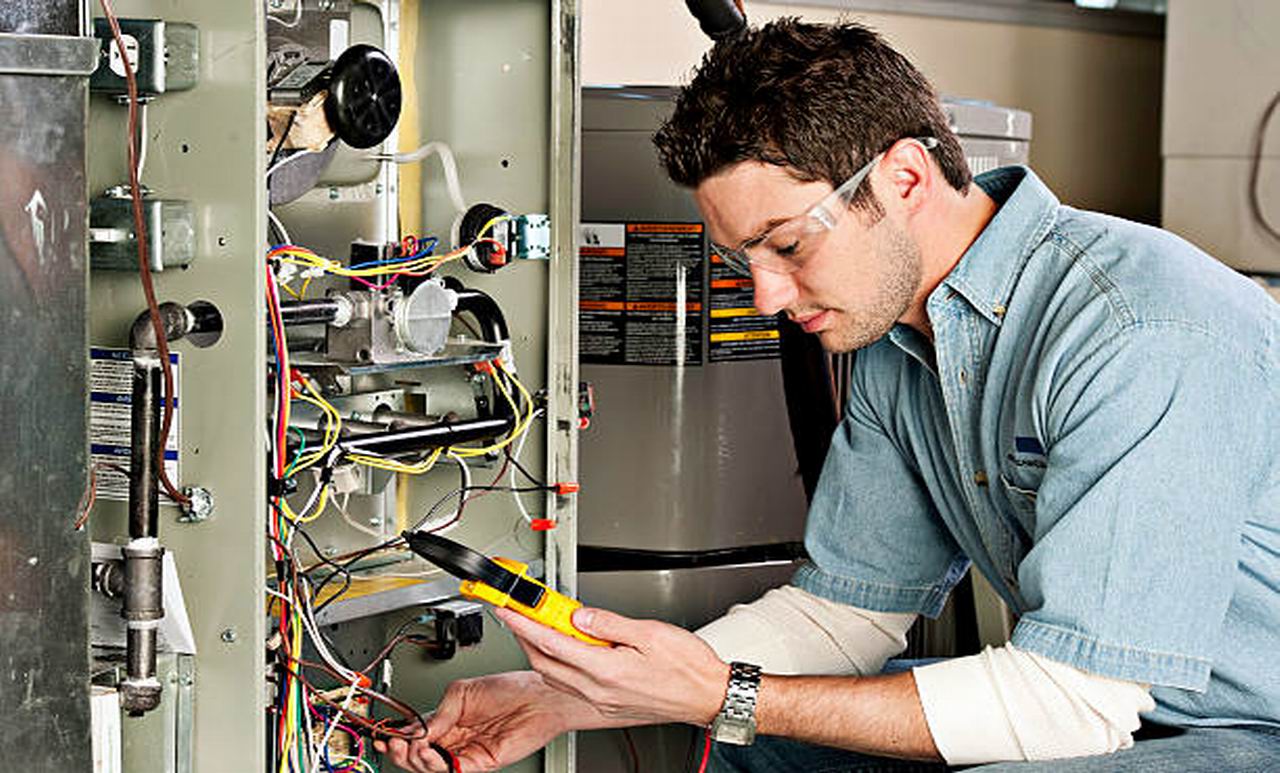
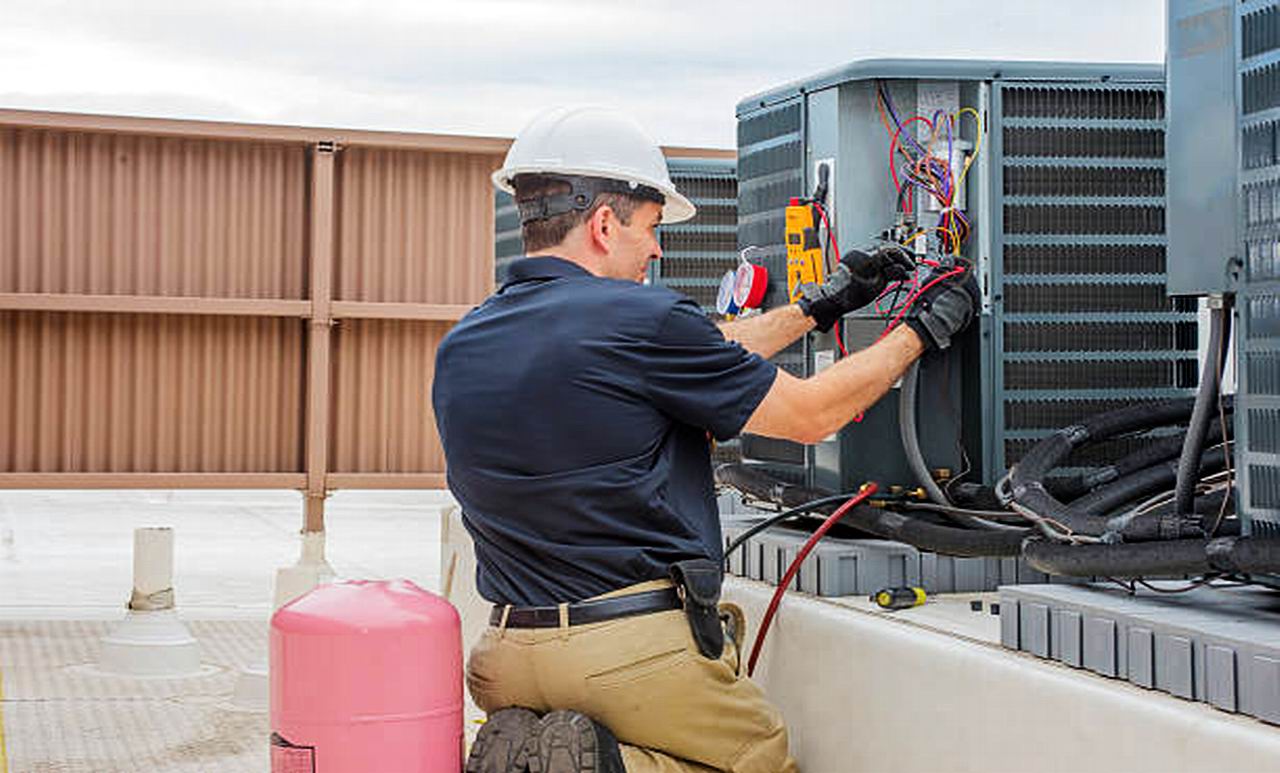
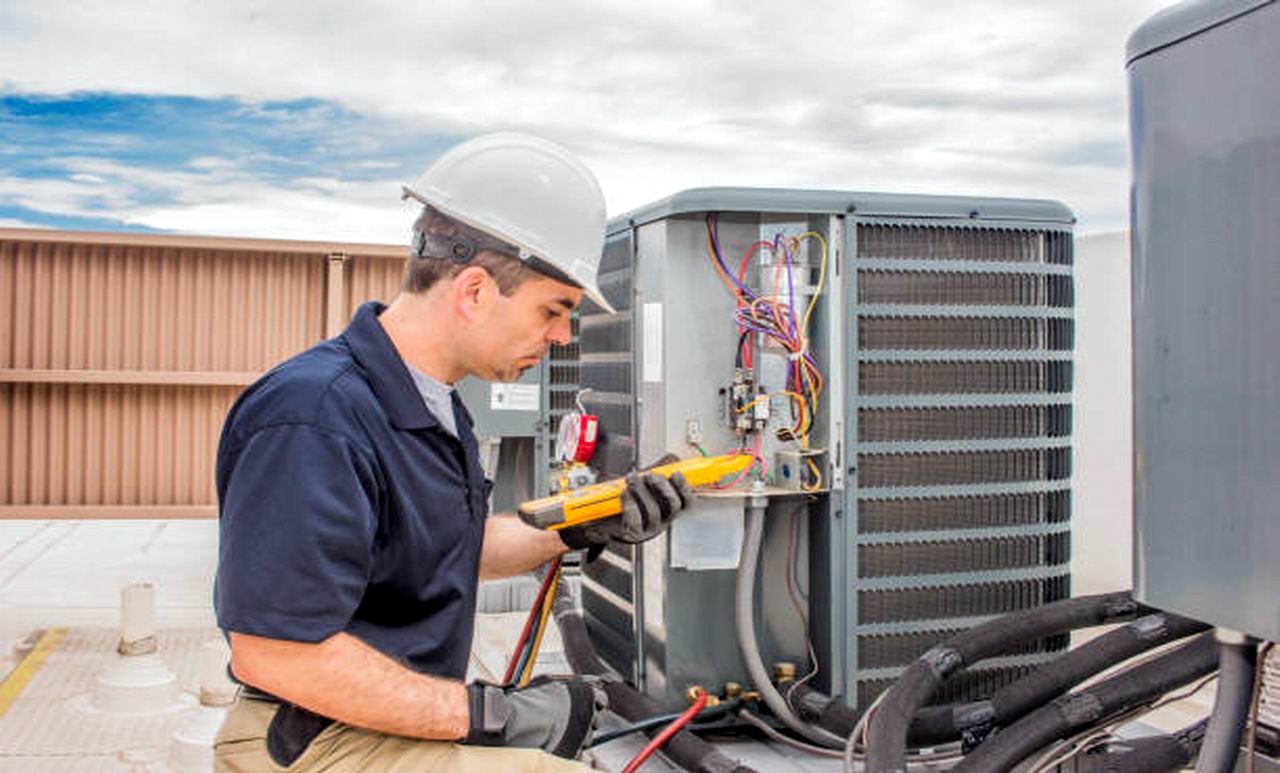
Our Services
HVAC SYSTEM
HVAC systems are designed to move air, heating or cooling an indoor space in the process. These systems generally have three major elements: a heating unit, cooling unit, and duct to move the air. Bright Hub Engineering explains that an HVAC system starts with the ventilation that brings fresh air into a building.
MECHANICAL SYSTEM
A mechanical system is a set of physical components that convert an input motion and force into a desired output motion and force. Mechanical systems have at least three elements: input, process and output. The input part of the system is any type of motion and force that drives the mechanical system.
ELECTRICAL SYSTEM
An electric system consists of all of the elements needed to distribute electrical power, including overhead and underground lines, poles, transformers, and other equipment. The electric system in a small industrial unit will normally be powered by a three-phase supply.
CIVIL SYSTEM
Civil engineers create, improve and protect the environment in which we live. They plan, design and oversee construction and maintenance of building structures and infrastructure, such as roads, railways, airports, bridges, harbours, dams, irrigation projects, power plants, and water and sewerage systems.
